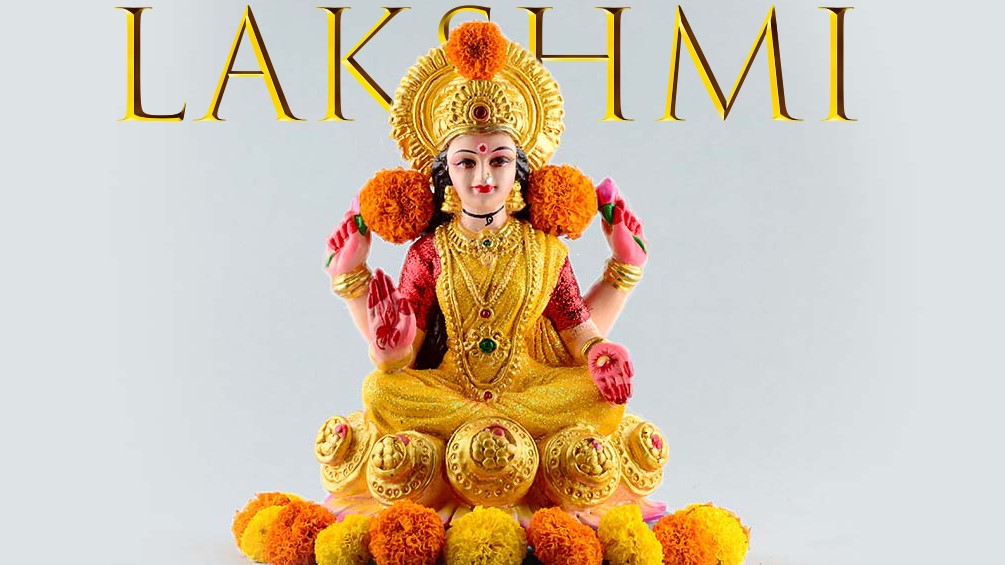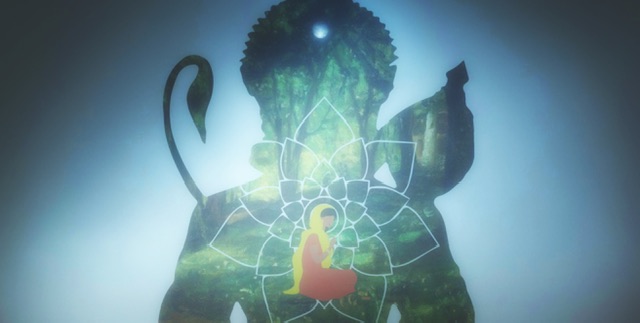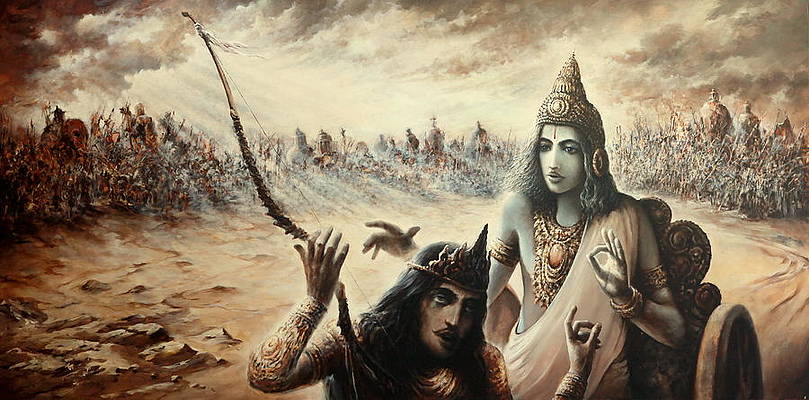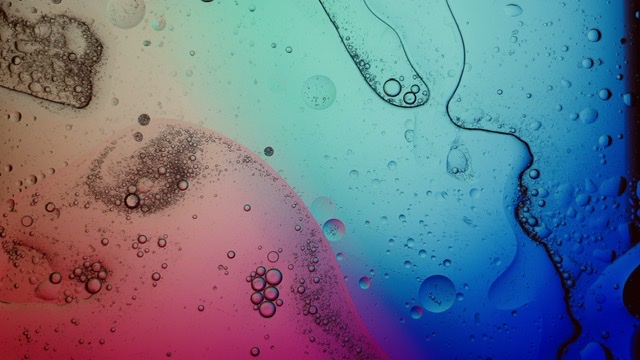force which is responsible for the creation to work in harmony. The Shriya, the consort of Lord Vishnu, the Goddess so much revered and worshipped, specifically on Diwali night, Maa Lakshmi.
As the consort of Lord Vishnu, Maa Lakshmi is also referred to as ‘Shri’, the female energy of the Supreme Being (the wife of Vishnu or Shriya). She is the Goddess of prosperity, wealth, purity, generosity, and the embodiment of beauty, grace, and charm.
The word ‘Lakshmi’ is derived from the Sanskrit word lakshya, meaning ‘aim’ or ‘goal’, and Maa Lakshmi is the goddess of wealth and prosperity, both material and spiritual.
Maa Lakshmi is said to have eight forms:
- Sri Aadi Lakshmi – Goddess of health
- Sri Dhanya Lakshmi – Goddess of food
- Sri Dhairya Lakshmi – Goddess of courage
- Sri Gaja Lakshmi – Goddess of luck
- Sri Santhana Lakshmi – Goddess of children
- Sri Dhana Lakshmi – Goddess of wealth
- Sri Vijaya Lakshmi – Goddess of victory
- Sri Vidya Lakshmi – Goddess of education.
Maa Lakshmi represents the highest stage of perfection and development of humans.
Significance of her appearance:
- Her four hands represent the four ends of human life, signifying dharma (purity), artha (prosperity), kama (pleasures), and mukti (liberation from the cycle of birth and death).
- Maa Lakshmi is always shown sitting or standing of a hundred-petal lotus. It is symbolic of fertility, purity, detachment, and the full development of her perfectly satopradhan or satvic
- The cascades of gold coins continuously flowing from her left hand signify unending material prosperity.
- The two elephants that are seen standing next to the Goddess are signs of grace, majesty, and sovereignty over the world.
- Her right hand showers blessings, leading to both material and spiritual prosperity.
- The wealth and prosperity that we associate with Goddess Lakshmi isn’t just that of worldly comforts but is also supposed to be the evolution of the soul, mind, character, and therefore, behaviour.
According to pauranic scriptures, on the night of the new moon, when Dipawali is celebrated, the Goddess of prosperity Maa Lakshmi, descends on earth and visits everyone’s home to find the ones worthy of the privilege of providing her with shelter. How does the Goddess decide which is the right place for her to stay? According to the puranic scriptures, the Goddess says, “I live in the house of those who are good in moral appearance; who have good character, and are wise in their actions; those who are always ready to fulfil their duties; those who never misuse their energy and power, those who have faith in God, are grateful and have control over their senses: those who follow the path of righteousness carefully; and serve the Gurus and elders with devotion; those who have full control over themselves in all kinds of circumstances and are confident; and those who have forgiveness in their hearts and have the passion to help others.” Maa Lakshmi advises her devotees to move towards the path of purity generosity, and compassion.
Maa Lakshmi’s another form is Maha Lakshmi, who is symbolic of the dual form of Maa Lakshmi and Narayan. The Mahalakshmi Temple of Kohlapur is one of the four Shakti Peethas of Maharashtra. Kolhapur is situated on the banks of the Panch ganga rivers, i.e the five rivers — Krishna, Ganiki, Shiva, Mayuri, and Warna. It is about 395 km South of Mumbai and 240 km from Pune and is full of ancient temples and shrines.
Legend has it that Kolhasura, a demon that tormented the Gods and other beings, was destroyed by Mahalakshmi here at Karavira, and that the spot of his death became a tirtha and that she took abode here in a shrine which constitutes the temple today.
The temple is one of the ancient temples of Maharashtra and has the most worshipped Goddess as well. Its construction was initiated by Chalukya ruler, Karandev, in the seventh century AD and additions were made in the ninth century by the Shilahara Yadavas. The temple complex is exquisitely carved and has artistically sculpted structures. The idol has four hands and her crown is overshadowed by the hood of a cobra.
The main entrance or mahadwara of the temple is from the west. Upon entering the mahadwara one is confronted with several deepamaalas on both sides, and the Garuda mandap with square pillars and foliated arches of wood, characteristic of Maratha temples. This mandap dates back to the 18th century. An image of Garuda facing the temple complex exhibits mortar-less construction echoing the style of the early Deccan temples. To be noted here are the horizontal mouldings and the vertical offsets which create a rich light and shade pattern. Also seen in this temple is a rich display of sculptures of figurines in dancing poses, of musicians, Gods and Goddesses.
The image of Mahalakshmi carved in black stone is three feet in height. The beautiful 40 kg idol of the Goddess is a Swayambhu idol. According to researchers, the idol is five to six thousand years old. It is a monolith of uncut diamonds and precious stones. The Shri yantra is carved on one of the walls in the temple. The sanctum is designed such that once a year the setting rays of the sun fall on the face of the image of Mahalakshmi for a period of three days in the months of Pisces and Leo.
Also located in the courtyard is the temple tank Manikarnika Kund, on whose bank is a shrine of Visweshwar Mahadev. Five worship services are offered each day here. The first on is at 5 am, and it involves the waking of the deity with a kakada — torch, along with the chanting of mantras. The second worship service which is at 8 am involves the offering of the Shodashopachara pooja consisting of 16 elements. The afternoon and evening services and the Shejaarati pooja constitute the three other services.





